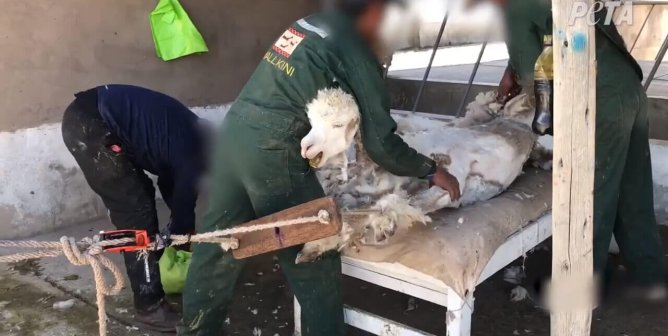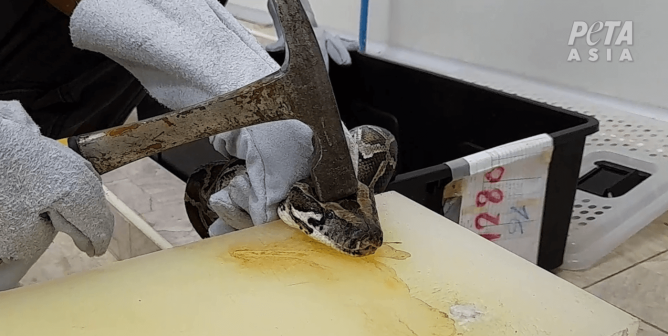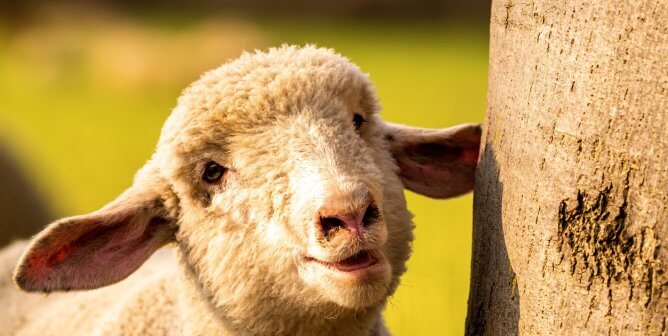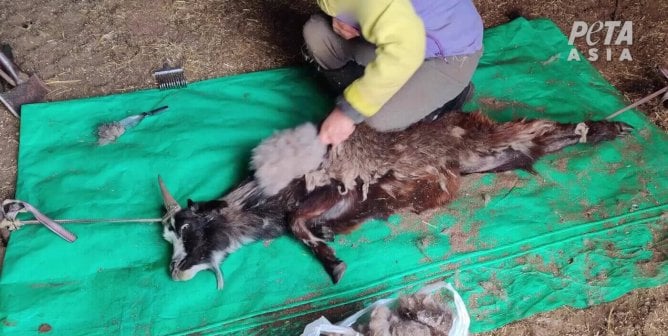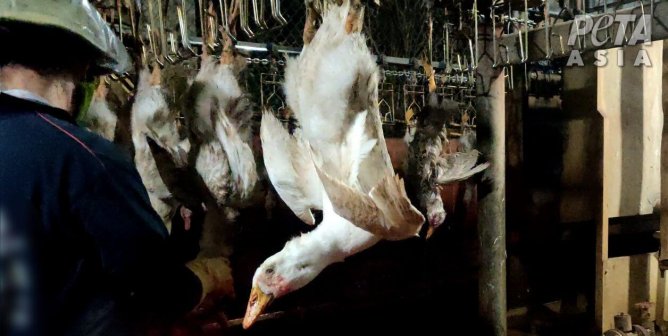Fur: Mean, Not ‘Green’
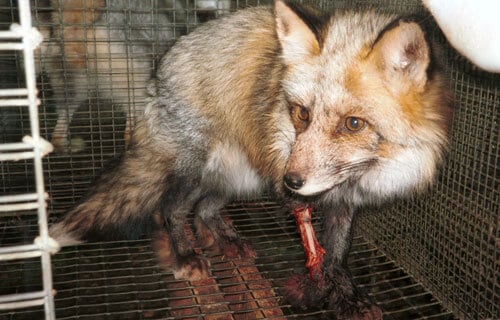
In a desperate attempt to boost lagging fur sales, some furriers are now trying to convince consumers that pelts are “eco-friendly.” But nothing could be further from the truth!
Eighty-five percent of the fur industry’s skins come from animals on fur factory farms. These facilities can house thousands of animals, and, as with other factory farms, they are designed to maximize profits—with little regard for the environment or animals’ well-being. Much of the world’s fur is processed in China, where environmental regulations are often ignored.
Each mink skinned by fur farmers produces about 44 pounds of feces in his or her lifetime. That adds up to 1 million pounds of feces produced annually by U.S. mink farms alone.
Waste from fur farms is poisoning our waterways. In December 1999, for example, the Washington State Department of Ecology fined one mink farmer $24,000 for polluting ditches that drain into a local creek. The Environmental Protection Agency has also filed complaints against companies involved in fur production and transportation for illegally generating and disposing of hazardous waste from the processing of pelts.
Raising animals for their fur also pollutes the air. In Denmark, where more than 2 million minks are killed for their fur annually, more than 8,000 pounds of ammonia is released into the atmosphere each year.
Furs are loaded with chemicals to keep them from decomposing in the buyer’s closet, and fur production pollutes the environment and gobbles up precious resources. Producing a fur coat from ranch-raised animals takes more than 15 times as much energy as does producing a faux-fur coat.
Fur is only “natural” when it’s on the animal who was born with it. Once an animal has been slaughtered and skinned, his or her fur is treated with a soup of toxic chemicals to “convert the putrefactive raw skin into a durable material” (i.e., to keep it from rotting). Various salts—along with ammonia, formaldehyde, hydrogen peroxide, and other chromates and bleaching agents—are used to preserve and dye fur.
Furriers claim that the carcasses from animals skinned for their pelts are used for animal feed, but often they are simply dumped into landfills. (At any rate, many animals on fur farms are killed with injections of poison, which makes their flesh inedible.)
Don’t believe the fur industry’s lies: Fur hurts—both animals and the environment. Take a stand against cruelty and sign PETA’s pledge to be fur-free today.
